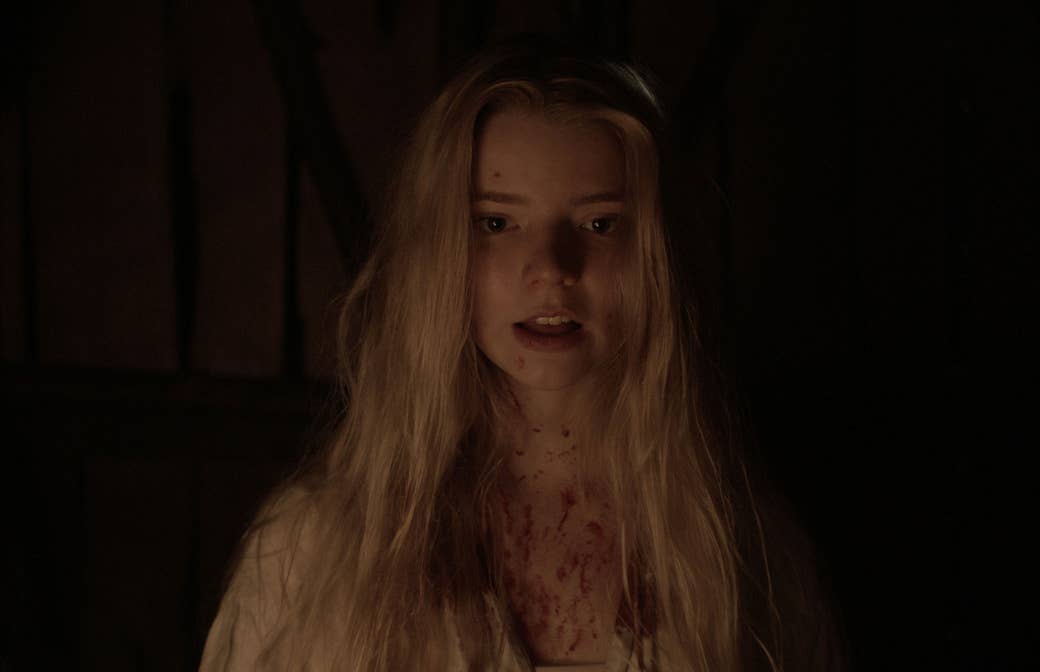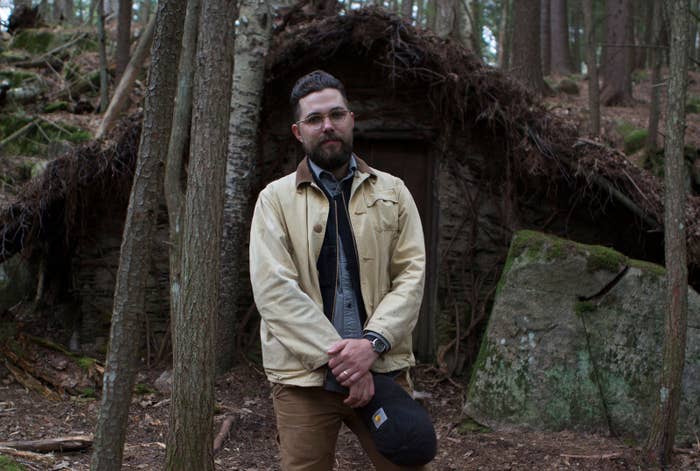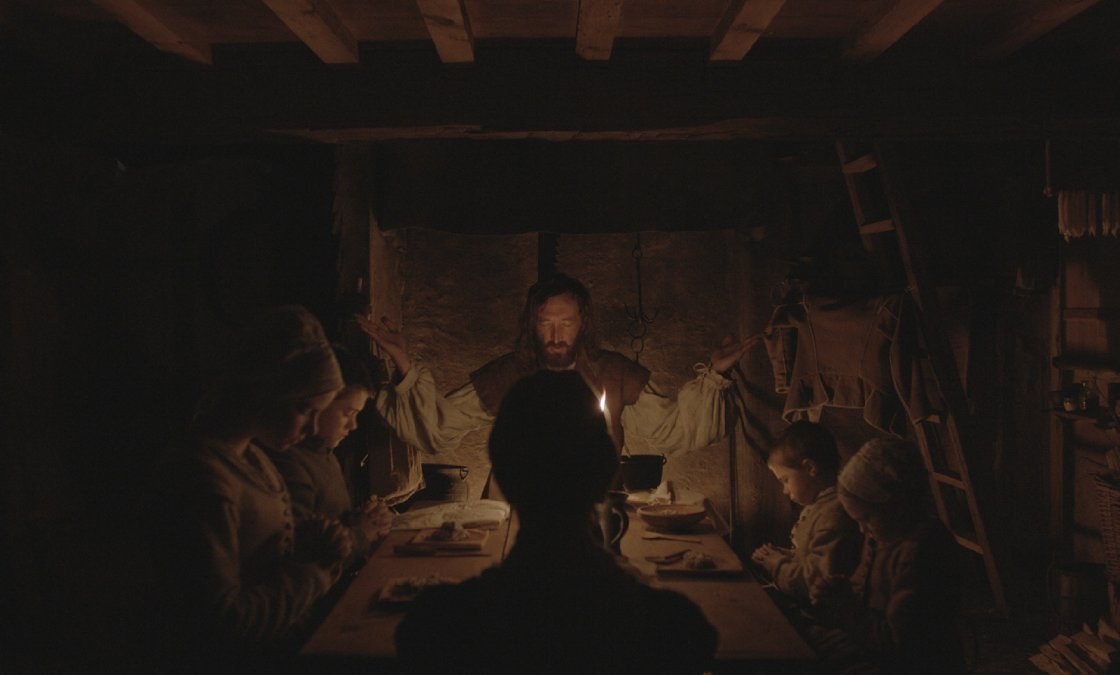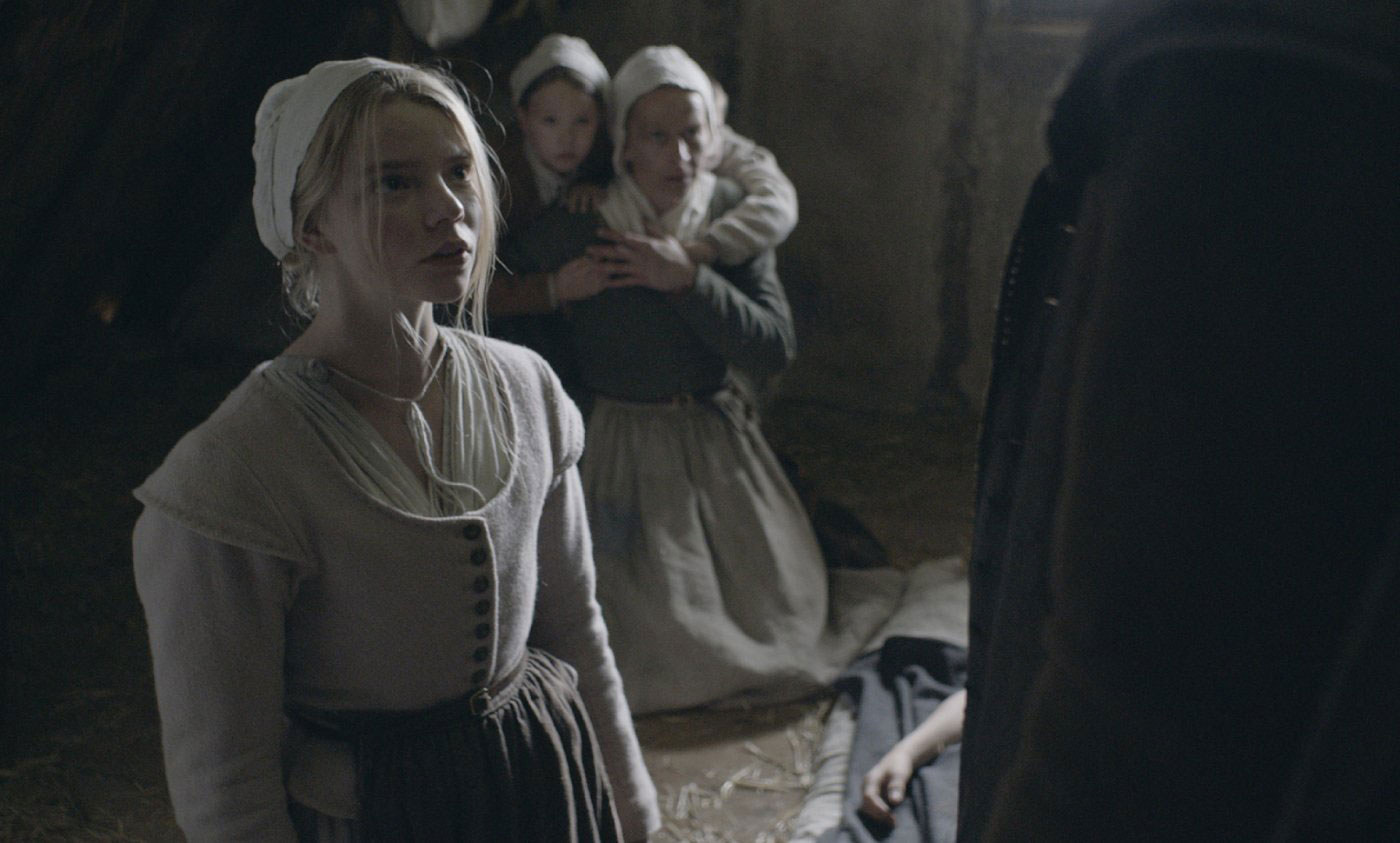
Robert Eggers is ready to make witches the stuff of horror movies again. And it's no easy task.
“The witch today is a shitty plastic Halloween decoration,” the filmmaker explained over drinks in his Brooklyn neighborhood. "She isn't scary."
But of course, it’s more complicated than that. Like many other creatures of the night, the image of the witch has been reclaimed and reworked for contemporary times. She's grown into a symbol of feminine power, a figure unfairly maligned, misunderstood, and, at the worst, burned for her perceived failure to conform to harsh societal standards.
Eggers’ directorial debut The Witch, in theaters Feb. 19, never sets aside the misogyny and paranoia that made something like the Salem Witch Trials possible. But it also tries to get inside that distant mindset, to understand what it was like to be a 17th-century Puritan who was certain that the devil and sin were lurking behind every action and that becoming a witch was as simple as letting your guard down. The Witch is a deeply unsettling attempt to channel some centuries-old fears.

“When I went into this, I did not understand what the stakes were,” Eggers said. “I was trying to understand why people were killing women. People understood the real world and the fairy tale world to be the same thing. They believed these women were fairy tale ogresses doing horrible things. We needed to see that and understand it."
Which is why, not long into The Witch, in the midst of a game of peekaboo, a baby goes missing from the care of his teenage sister Thomasin (Anya Taylor-Joy, a standout among an excellent cast). He's there one moment, giggling in the grass, and then — boo! — he’s gone, snatched up by a wizened woman scurrying through the woods back to her hut. And to be clear, this is not a movie in which suspense hinges on whether or not the baby will be retrieved safely. We see it all.
Though it has its share of gore and jumps and is simmeringly creepy as hell, The Witch is not a typical horror movie. It's better described, as Eggers puts it, as an “inherited nightmare," an excavation of old dread. It begins with a family of English immigrants — patriarch William and his wife Katherine (Ralph Ineson and Kate Dickie, both Game of Thrones alums), and their children Thomasin, Caleb (Harvey Scrimshaw), twins Mercy (Ellie Grainger) and Jonas (Lucas Dawson), and baby Samuel — being banished from their New England colony for quarreling with the church leadership.
In a clearing by a forest, they build a farm and carve out a semblance of intensely pious civilization there in the wilderness. But it doesn't take long for those lives to fall apart, and for the starving, grief-stricken family members to start looking suspiciously at the looming wilderness, the oppressive darkness, the animals, and one another.

Eggers' background — he worked in theater before he got into film, as an actor, then as a director and a designer of sets and costume — comes through in The Witch. The movie is marked by the kind of rigorous attention to historical detail of someone for whom the smallest parts are as important as the whole, insisting the past be treated not as a fuzzy concept but as vivid, foreign territory.
Eggers, who grew up in New Hampshire but now lives in East Williamsburg with his wife, jokingly attributes the period fidelity to being a “snobby hipster bastard,” but he's selling himself short. Anyone who can deliver an endearingly enthusiastic explanation about the various strains of Puritanism, complete with the phrase “Thanksgiving motherfuckers,” is, in the best way, a nerd.

"We had a screening for some historians, and that was the part of the film that they were the most impressed with — they thought it was true to the worldview," the thirtysomething filmmaker said about The Witch’s representation of Puritanism. "It was the ultimate thing for me." Eggers' accuracy is the product of long research, reading diaries from the time, and watching documentaries about modern-day religious communities like the Amish and Mennonites as well. And it's the aspect of the film that turns out to be just as disturbing as the dark things lurking out in the woods — this idea of a life bound by impossible rules, in which damnation is a constant, immediate terror that keeps children up at night and sets a mother to anguished, howling prayers for the soul of her unbaptized infant.
It's why, when things start crumbling, eyes turn toward Thomasin, who gets blamed for things that aren’t her fault by others who know better. “She ain't no Puritan — she's us,” Eggers said of Thomasin, audience surrogate in the form of a blossoming girl with a streak of rebellion and an inability to be as submissive and severe as her community demands. In the time and the place in which she lives, turns out she’s a figure almost as alarming as a witch out in the wild.
